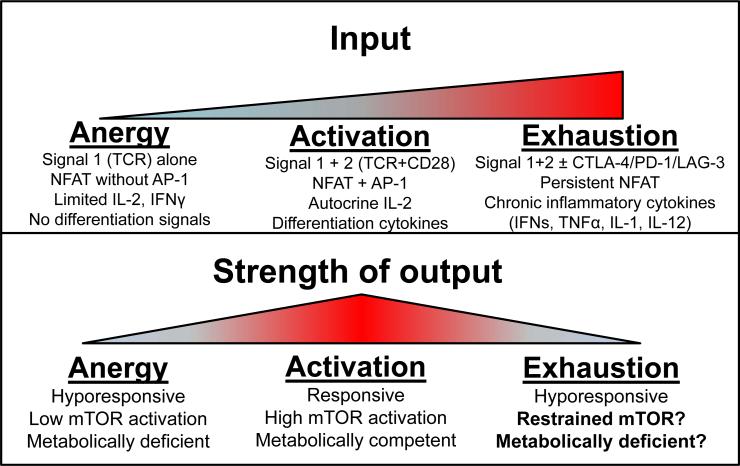Figure 1. T cell function and dysfunction are linked with metabolism.
During normal T cell activation, cells receive TCR and CD28 stimulation, produce autocrine levels of IL-2, and respond to APC-produced differentiation cytokines, resulting in a switch to anabolic metabolism during their highly proliferative effector phase. When cells are rendered anergic, they receive only TCR stimulation with little accessory signaling, resulting in low autocrine levels of IL-2, a failure to commit to anabolic metabolism, and are transcriptionally programmed to downregulate metabolic machinery required to engage future effector responses. In situations of chronic activation, T cells also receive heightened inflammatory stimuli including interferons, TNF, and other cytokines, and begin to upregulate co-inhibitory molecules in an attempt to feedback on the immune response. These signals (and others) may restrain mTOR activation and anabolic metabolism, potentially creating a pathologic phenotype of metabolic insufficiency.

